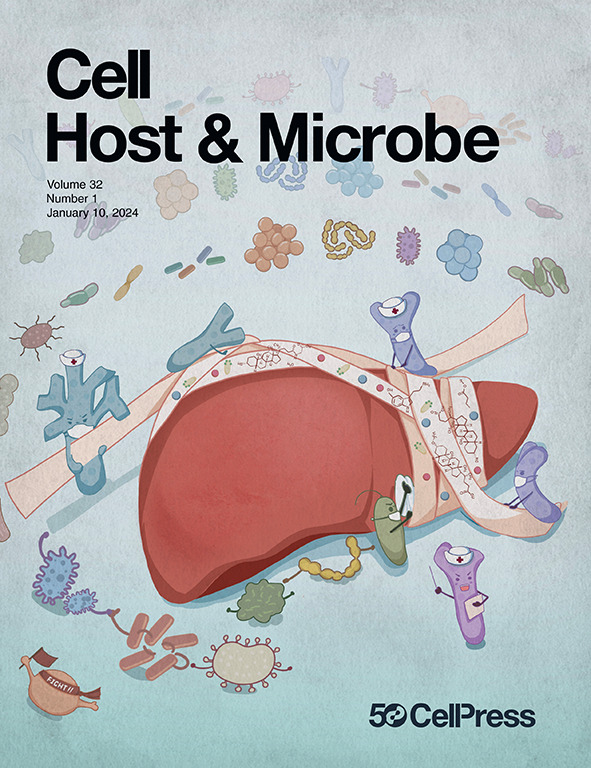Single-tooth resolved, whole-mouth prediction of early childhood caries via spatiotemporal variations of plaque microbiota
IF 18.7
1区 医学
Q1 MICROBIOLOGY
引用次数: 0
Abstract
Early childhood caries (ECC) exhibits tooth specificity, highlighting the need for single-tooth-level prevention. We profiled 2,504 dental plaque microbiota samples from 89 preschoolers across two cohorts, tracking compositional changes with imputed functional trends at a single-tooth resolution over 11 months. In healthy children, dental microbiota exhibited an anterior-to-posterior ecological gradient on maxillary teeth and strong bilateral symmetry. These patterns were disrupted in caries-affected children due to caries-driven microbial reorganization. Leveraging tooth-specific disease-associated taxa and spatially related clinical/microbial features, we developed spatial microbial indicators of caries (spatial-MiC or sMiC) using machine-learning techniques. sMiC achieves 98% accuracy in diagnosing ECC at a single-tooth resolution and 93% accuracy in predicting new caries 2 months in advance in perceived-healthy teeth. This high-resolution spatiotemporal microbial atlas of ECC development disentangles the microbial etiology at the single-tooth level, identifies a characteristic microbial signature for each tooth, and provides a foundation for tooth-specific ECC prevention strategies.

通过牙菌斑微生物群的时空变化来预测单齿、全口早期儿童龋病
幼儿龋齿(ECC)具有牙齿特异性,强调了单牙水平预防的必要性。我们分析了来自两个队列89名学龄前儿童的2504个牙菌斑微生物样本,在11个月内以单颗牙齿的分辨率跟踪成分变化和估算的功能趋势。在健康儿童中,牙齿微生物群在上颌牙齿上呈现出前后生态梯度和强烈的双边对称性。由于龋齿驱动的微生物重组,这些模式在受龋齿影响的儿童中被破坏。利用牙齿特异性疾病相关分类群和空间相关临床/微生物特征,我们利用机器学习技术开发了龋的空间微生物指标(空间mic或sMiC)。sMiC在单牙分辨率下诊断ECC的准确率为98%,在感知健康牙齿中提前2个月预测新龋的准确率为93%。这一高分辨率时空微生物图谱揭示了单一牙齿水平上的微生物病因,确定了每颗牙齿的特征微生物特征,并为牙齿特异性ECC预防策略提供了基础。
本文章由计算机程序翻译,如有差异,请以英文原文为准。
求助全文
约1分钟内获得全文
求助全文
来源期刊

Cell host & microbe
生物-微生物学
CiteScore
45.10
自引率
1.70%
发文量
201
审稿时长
4-8 weeks
期刊介绍:
Cell Host & Microbe is a scientific journal that was launched in March 2007. The journal aims to provide a platform for scientists to exchange ideas and concepts related to the study of microbes and their interaction with host organisms at a molecular, cellular, and immune level. It publishes novel findings on a wide range of microorganisms including bacteria, fungi, parasites, and viruses. The journal focuses on the interface between the microbe and its host, whether the host is a vertebrate, invertebrate, or plant, and whether the microbe is pathogenic, non-pathogenic, or commensal. The integrated study of microbes and their interactions with each other, their host, and the cellular environment they inhabit is a unifying theme of the journal. The published work in Cell Host & Microbe is expected to be of exceptional significance within its field and also of interest to researchers in other areas. In addition to primary research articles, the journal features expert analysis, commentary, and reviews on current topics of interest in the field.
 求助内容:
求助内容: 应助结果提醒方式:
应助结果提醒方式:


